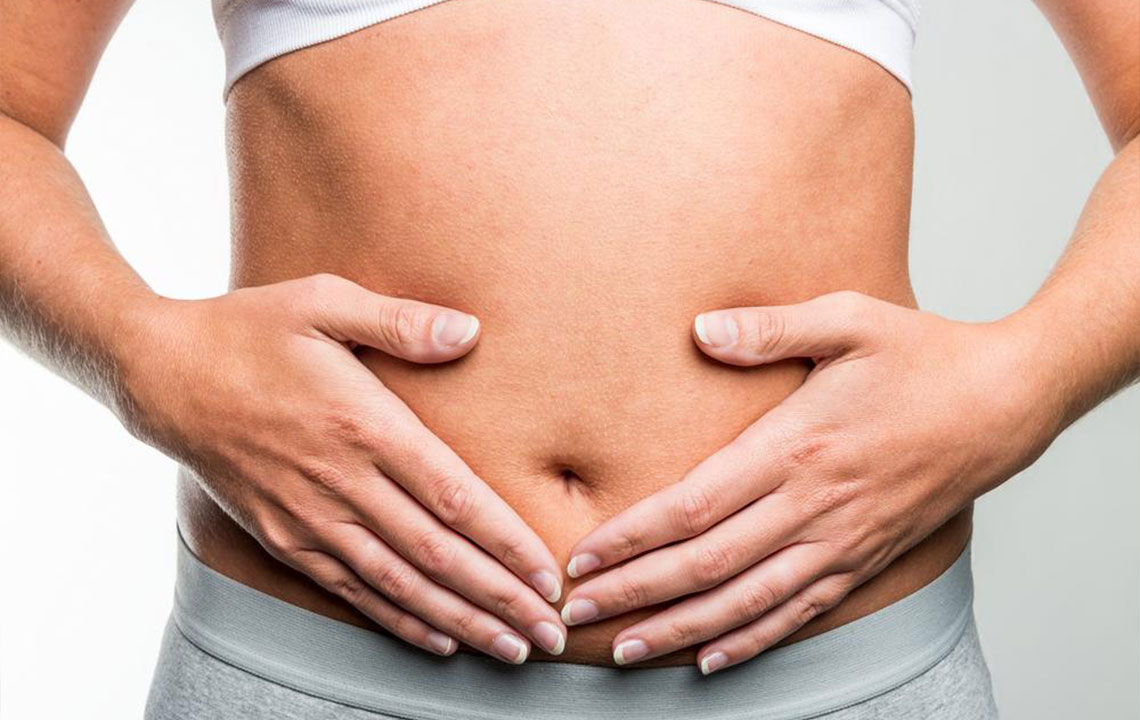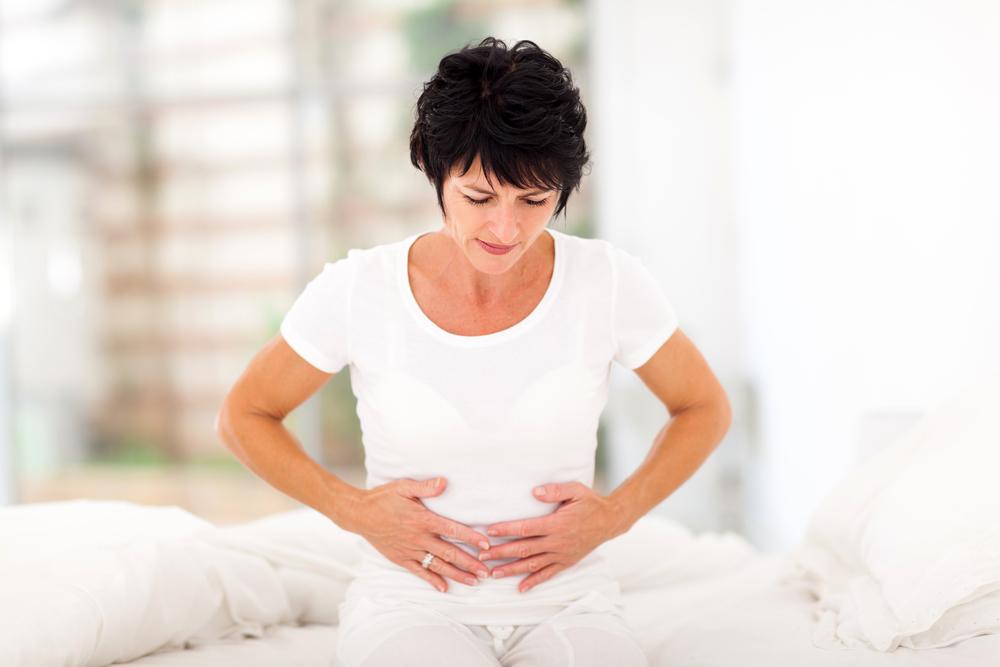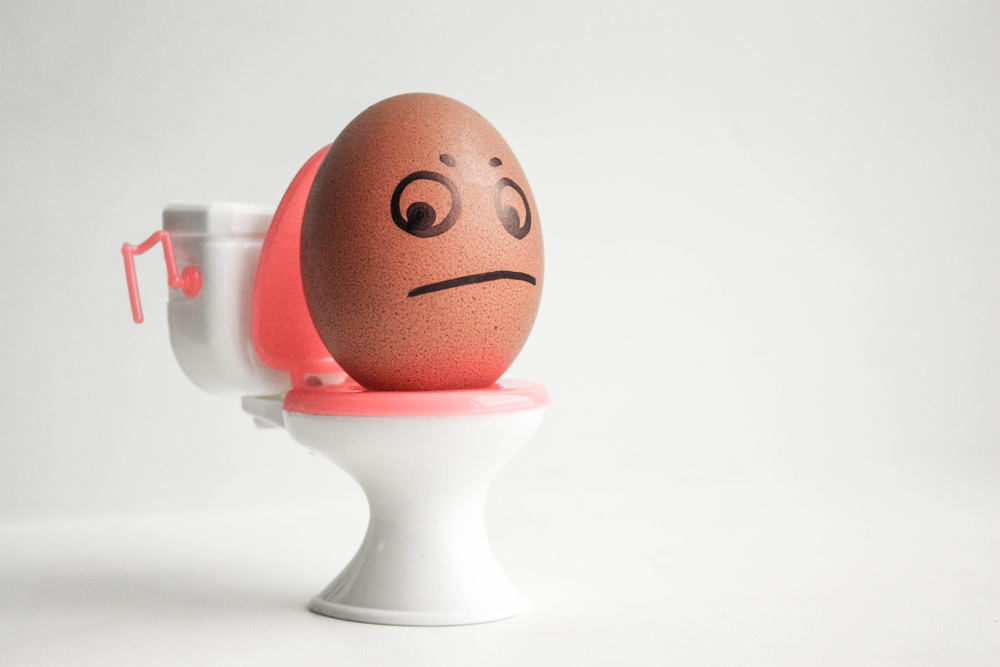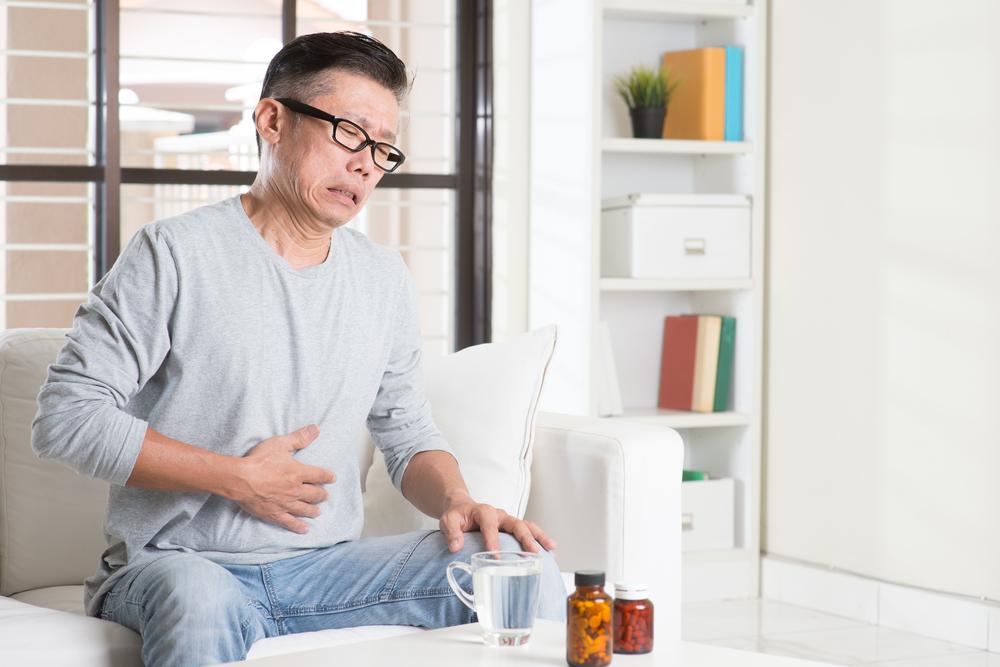Understanding Hemorrhoids: Types, Symptoms, and Root Causes
This article explores hemorrhoids, covering its types, symptoms, and causes. It explains how internal, external, and thrombosed hemorrhoids differ, highlights common symptoms like bleeding and itching, and discusses contributing factors such as constipation, pregnancy, obesity, and aging. The piece emphasizes understanding risks and encourages seeking medical advice for effective management and treatment options. Suitable for patients and health enthusiasts, the article provides a comprehensive overview of this common condition.

Understanding Hemorrhoids: Types, Symptoms, and Root Causes
Hemorrhoids, stemming from the Greek term haimorrhoides, refer to swollen veins that may bleed. These cushions of tissue assist in stool control but become problematic when veins become enlarged, stretched, and irritated. Such swollen veins often lead to discomfort, pain, and irritation around the anus or lower rectum.
Common causes include straining during bowel movements and pregnancy, though pinpointing an exact trigger can be challenging. Hemorrhoids are widespread, affecting about 75% of adults at some point.
There are three main types of hemorrhoids: internal, external, and thrombosed, each with unique causes and treatment approaches. Here’s an overview:
Internal hemorrhoids
These are inside the rectum and rarely show symptoms unless aggravated. Straining can cause these to prolapse, resulting in bleeding, itching, and irritation.
External hemorrhoids
Visible lumps around the anus that, when inflamed, cause discomfort, itching, and irritation.
Thrombosed hemorrhoids
These occur when blood clots form in external hemorrhoids, leading to intense pain, swelling, and hardened bumps around the anus.
Despite differences in causes, all types share common symptoms and early warning signs, including:
Painless bleeding
Bleeding during bowel movements without pain is often associated with hemorrhoids.
Itching
An irritated and swollen area may become intensely itchy.
Inflammation
Hemorrhoids can inflame, causing pain, swelling, and discomfort, especially during sitting. Sensitive lumps may turn thrombosed.
Other signs
Some hemorrhoids remain asymptomatic or resolve spontaneously. Additional symptoms can include fecal leakage, weakness, and painful lumps.
While pinpointing exact causes is often difficult, several factors contribute to hemorrhoid development:
Chronic constipation
Repeated straining from constipation leads to swelling of rectal veins and irritation of tissues. Both constipation and diarrhea can increase rectal pressure, causing pain, itching, and bleeding.
Pregnancy
Increasing uterine volume during the third trimester raises pressure in pelvic blood vessels, causing veins in the rectum to swell. Hormonal changes also weaken rectal tissues, and prolonged standing amplifies pressure, resulting in hemorrhoids.
Prolonged sitting
Sitting for extended periods, especially on the toilet, stresses the anal veins, fostering lumps formation.
Obesity
Excess weight increases pressure on rectal and anal veins, raising hemorroid risk. Maintaining hydration and regular exercise can help strengthen these vessels.
Aging
As age advances, veins weaken, elevating the susceptibility to hemorrhoids.
Low-fiber diet
Insufficient fiber intake causes small, hard stools that require straining, leading to constipation and hemorrhoids. Dietary fiber is essential for healthy bowel movements.
Anal intercourse
Engaging in anal sex may cause trauma and inflammation in rectal veins, increasing the risk of hemorrhoids in some cases.
Other risk factors
Activities like heavy lifting and inherited weak venous structures can also contribute to hemorrhoid formation.










